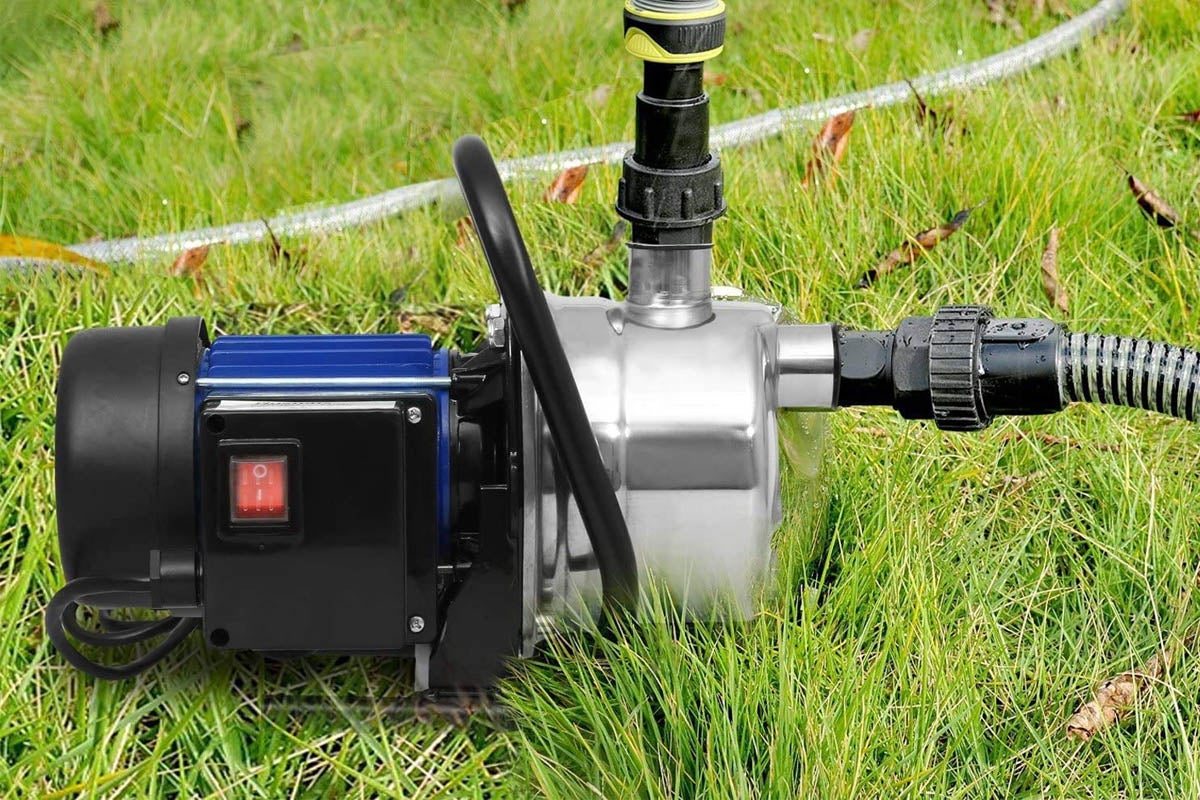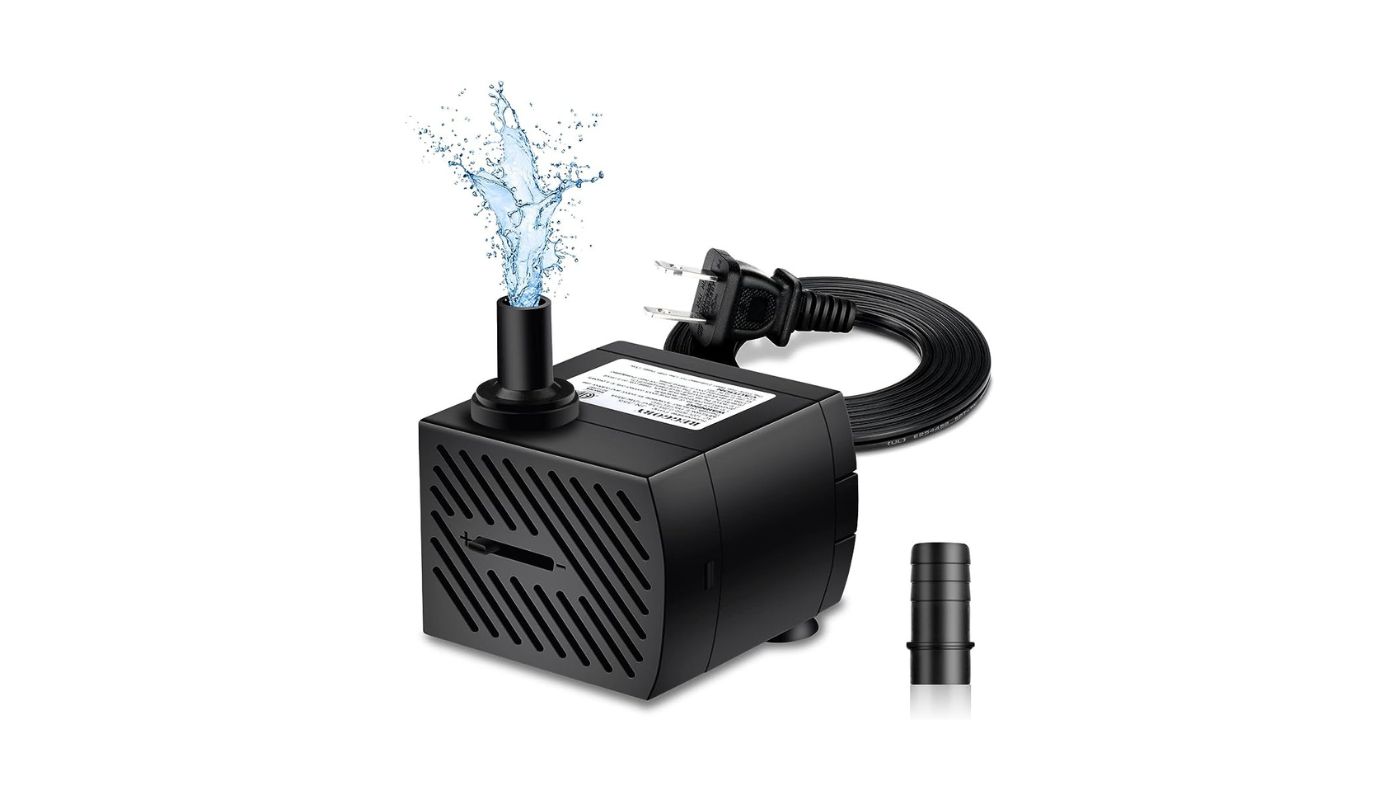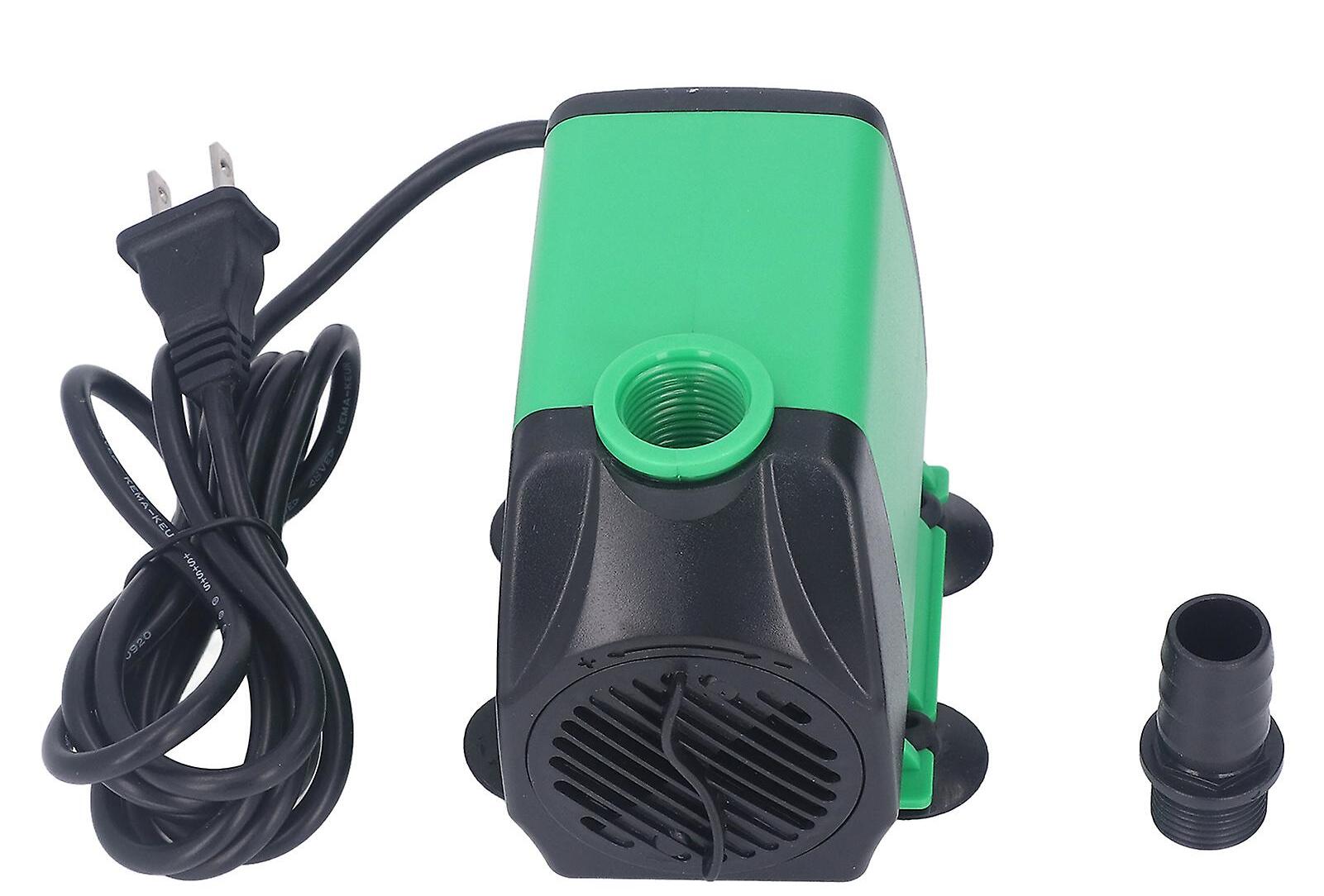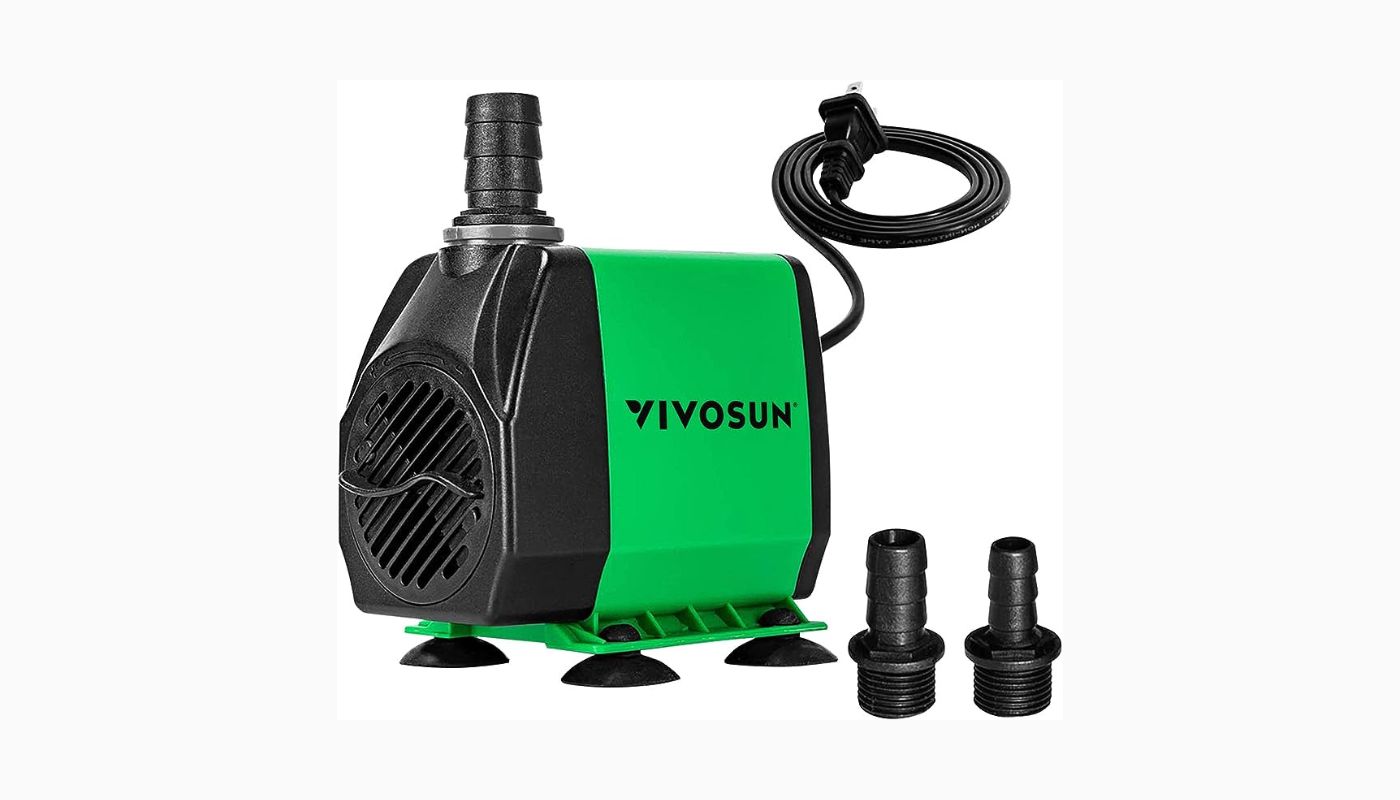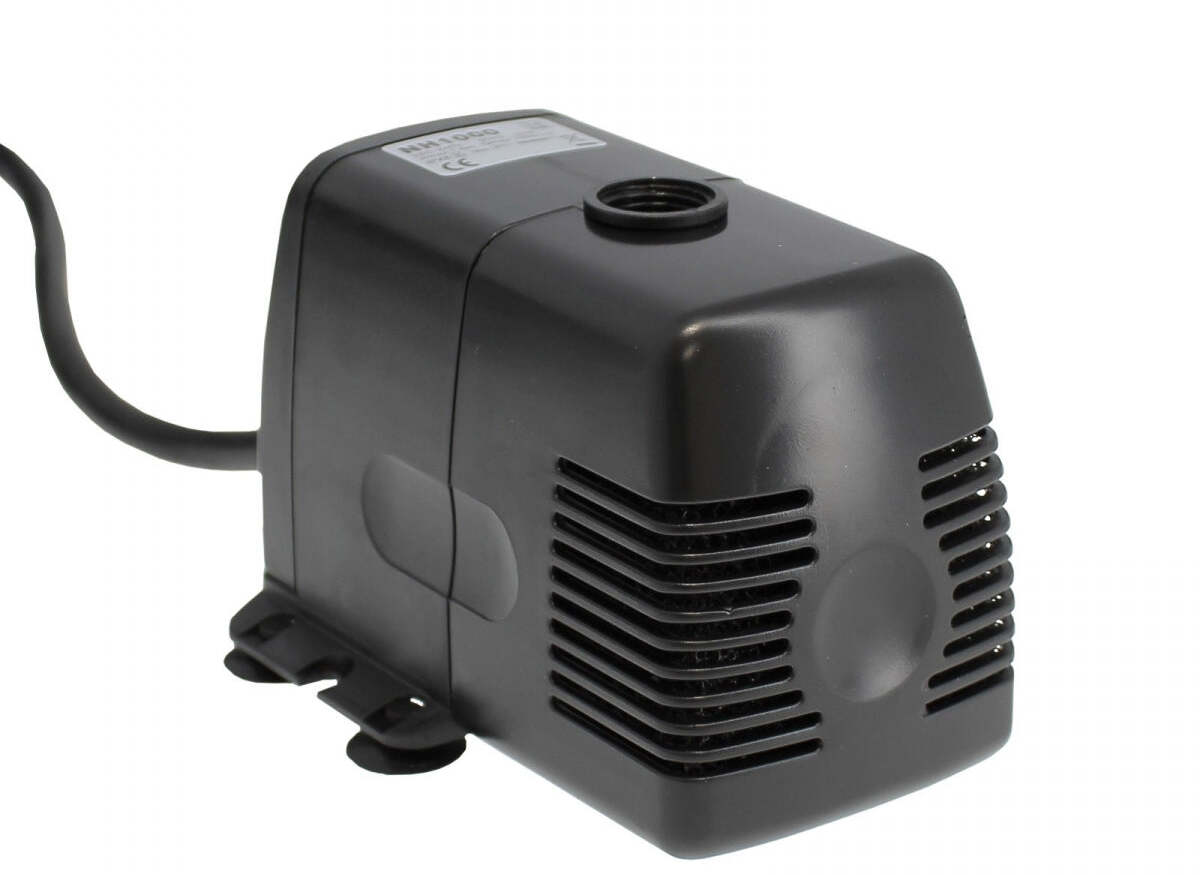Home>Gardening News and Trends>Latest News>What Is An Irrigation Pump
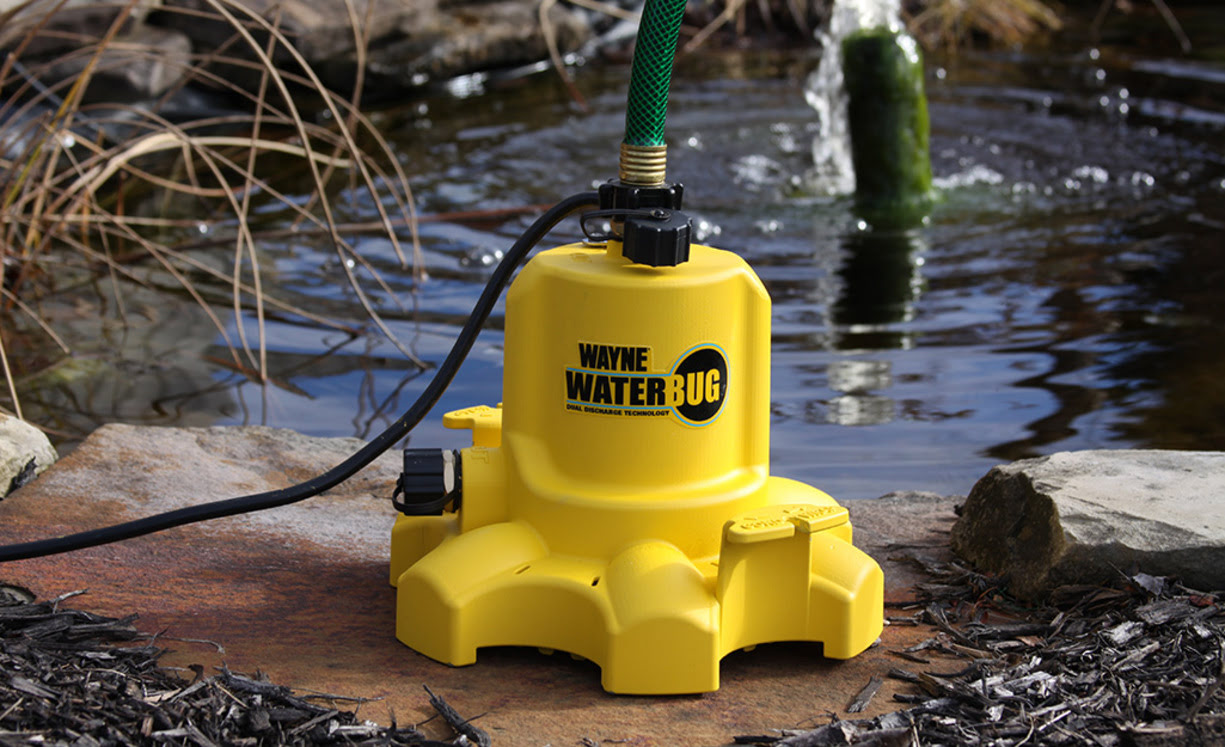

Latest News
What Is An Irrigation Pump
Modified: January 22, 2024
Discover the latest news about irrigation pumps and learn what they are and how they work. Stay informed with our in-depth articles and updates.
(Many of the links in this article redirect to a specific reviewed product. Your purchase of these products through affiliate links helps to generate commission for Chicagolandgardening.com, at no extra cost. Learn more)
Table of Contents
Introduction
An irrigation pump is an essential piece of equipment used in agricultural and landscaping practices to efficiently deliver water to crops, plants, and gardens. It plays a crucial role in ensuring the proper distribution of water, helping to maintain healthy and thriving vegetation.
Irrigation pumps are designed to overcome the limitations of relying solely on natural rainfall by providing a controlled and consistent supply of water to plants. This is especially important in arid or drought-prone regions where water scarcity is a significant concern.
With the advent of modern technology, irrigation pumps have become more advanced, efficient, and tailored to meet the specific needs of different applications. Whether it’s large-scale agricultural operations or small backyard gardens, there is a wide range of irrigation pumps available to suit various requirements.
In this article, we will explore the different types of irrigation pumps, their functions, and the factors to consider when selecting and maintaining them. By understanding the purpose and intricacies of irrigation pumps, you’ll be able to make informed decisions and optimize water usage for your specific irrigation needs.
So, let’s dive into the world of irrigation pumps and discover how they work, what types are available, and what factors to consider when choosing the right one for your irrigation system.
Definition of an Irrigation Pump
An irrigation pump is a mechanical device that is used to draw water from a water source, such as a reservoir, well, or water body, and deliver it to the designated area for the purpose of irrigating crops, plants, or landscapes. It is an integral component of an irrigation system, ensuring the efficient and controlled distribution of water.
These pumps are specifically designed to overcome the limitations of gravity and natural water flow by providing the necessary pressure to deliver water to different zones or areas. They are responsible for maintaining the required water pressure and flow rate to ensure proper irrigation and prevent water wastage.
Irrigation pumps come in various sizes and types, each suitable for specific applications and environments. They can vary in terms of power sources, installation methods, and configurations, allowing users to choose the most suitable option based on their specific needs.
One of the primary functions of an irrigation pump is to provide a consistent water supply to plants, especially in regions where water availability is limited or unreliable. By utilizing an irrigation pump, farmers and gardeners can ensure the optimal growth and health of their crops and plants, even during periods of drought or low rainfall.
Furthermore, irrigation pumps also help in regulating water usage, preventing wastage, and maximizing the efficiency of the irrigation system. They can be equipped with features such as timers, sensors, and flow control mechanisms to optimize water distribution and minimize water loss.
In summary, an irrigation pump is a mechanical device that plays a vital role in ensuring the controlled and efficient delivery of water to crops, plants, and landscapes. It provides a reliable water supply, maximizes water usage efficiency, and allows for targeted irrigation practices, ultimately promoting plant growth and maintaining the health of vegetation.
Types of Irrigation Pumps
Irrigation pumps come in various types, each designed to cater to specific irrigation needs and conditions. Understanding these different types will help you choose the most appropriate pump for your irrigation system. Here are the main types of irrigation pumps:
1. Centrifugal Pumps
Centrifugal pumps are the most commonly used type of irrigation pump. They work on the principle of centrifugal force, using a rotating impeller to create suction and draw water into the pump. The water is then forced outwards by the impeller, creating pressure that propels it through the irrigation system. These pumps are known for their simplicity, reliability, and versatility.
2. Submersible Pumps
Submersible pumps, as the name suggests, are designed to be submerged in water. They can be placed directly into the water source, such as a well or pond, eliminating the need for priming. Submersible pumps are often used for deep well irrigation systems or in situations where the water source is located below ground level. They are efficient, quiet, and have a long lifespan.
3. Turbine Pumps
Turbine pumps are best suited for high-pressure applications and large irrigation systems. They consist of multiple impellers stacked on a single shaft and are typically installed in a vertical position. Turbine pumps are capable of delivering high flow rates and can handle water with high levels of minerals or debris. They are often used in large-scale agricultural operations or for irrigation in hilly regions.
4. Diaphragm Pumps
Diaphragm pumps are known for their ability to handle a wide range of water conditions, including water with high sediment content or dirty water. These pumps use a flexible diaphragm that moves back and forth to create the pumping action. Diaphragm pumps are commonly used in drip irrigation systems, as they are capable of delivering precise amounts of water at low pressure.
In addition to these main types, there are also specialized irrigation pumps such as piston pumps, gear pumps, and propeller pumps. Each type offers unique advantages and is suitable for specific irrigation applications. It’s important to consider factors such as water source, pressure requirements, flow rates, and maintenance needs when selecting the most appropriate irrigation pump for your system.
Centrifugal Pumps
Centrifugal pumps are one of the most commonly used types of irrigation pumps. They operate based on the principle of centrifugal force, utilizing a rotating impeller to create suction and draw water into the pump. This water is then forced outwards by the impeller, generating pressure that propels it through the irrigation system.
One of the key advantages of centrifugal pumps is their simplicity and reliability. They are relatively easy to operate and maintain, making them a popular choice among farmers and gardeners. Centrifugal pumps are also versatile and can be used for various irrigation applications, including drip irrigation, sprinkler systems, and flood irrigation.
Centrifugal pumps come in a range of sizes and configurations, allowing them to meet different flow rate and pressure requirements. They can handle a wide range of water sources, from shallow wells to lakes or rivers. Some centrifugal pumps can even be designed for high-pressure applications, making them suitable for larger scale irrigation systems or situations that require significant water pressure.
Centrifugal pumps are known for their efficiency in transferring water. They can move large volumes of water at a constant pressure, ensuring the even distribution of water across the irrigation system. This helps prevent water wastage and promotes efficient water usage.
When using a centrifugal pump, it is crucial to properly size the pump to match the system’s requirements. Factors such as the total dynamic head (TDH), flow rate, and pipe diameter need to be taken into consideration to ensure optimal performance. It is recommended to consult with a professional or pump specialist to determine the appropriate pump size for your irrigation needs.
Regular maintenance is essential to keep centrifugal pumps in good working condition. This includes routine inspections, cleaning of the impeller and intake screen, checking for leaks or blockages, and ensuring the pump is properly lubricated. Regular maintenance helps prolong the life of the pump, reduces the risk of breakdowns, and ensures efficient water delivery.
In summary, centrifugal pumps are versatile, reliable, and commonly used for irrigation purposes. They utilize centrifugal force to draw and propel water through the irrigation system, making them suitable for various applications. Proper sizing and maintenance are crucial to optimize the performance and longevity of centrifugal pumps in an irrigation system.
Submersible Pumps
Submersible pumps are a type of irrigation pump that is designed to be completely submerged in water. They are typically placed directly into the water source, such as a well, pond, or reservoir, and provide a reliable and efficient method for pumping water for irrigation purposes.
One of the main advantages of submersible pumps is their ease of installation. These pumps are designed to be submerged in water, eliminating the need for priming or external suction. This makes them ideal for applications where the water source is located below the ground level or in situations where a consistent water supply is required.
Submersible pumps are known for their efficiency and reliability. Since they are placed directly in the water source, there are no suction or priming issues that can affect the pump’s performance. This allows for a consistent water flow and pressure, ensuring optimal irrigation for plants, crops, or landscapes.
Another benefit of submersible pumps is their ability to operate quietly. Being submerged in water helps to dampen noise, making them suitable for residential areas or locations where noise pollution needs to be minimized.
Submersible pumps come in various sizes and capacities to accommodate different irrigation needs. Whether you have a small garden or a large agricultural operation, there are submersible pumps available that can meet your water requirements.
Maintenance of submersible pumps is relatively straightforward. Regular inspections are needed to ensure that the pump is free from debris and obstructions that may hinder its performance. Additionally, checking the electrical components, seals, and wiring is important to ensure the longevity of the pump.
It is essential to choose the right submersible pump for your specific irrigation needs. Factors to consider include the depth of the water source, required flow rate, and power supply. Consulting with a professional or pump specialist can help in selecting the appropriate submersible pump for your irrigation system.
In summary, submersible pumps are a reliable and efficient solution for irrigation purposes. They are easy to install, ensure a consistent water flow, operate quietly, and require minimal maintenance. By choosing the right submersible pump, you can ensure optimal water delivery for your irrigation needs.
Turbine Pumps
Turbine pumps are a type of irrigation pump that is commonly used for high-pressure applications and large-scale irrigation systems. These pumps are designed to handle high flow rates and are typically installed in a vertical position. Turbine pumps are extremely efficient and can deliver water with significant force, making them ideal for scenarios that require substantial water pressure.
One of the main advantages of turbine pumps is their ability to handle large volumes of water. These pumps utilize multiple impellers stacked on a single shaft, allowing them to generate high flow rates. This makes them particularly suitable for irrigating large areas of land or for applications that require extensive water distribution.
Turbine pumps are designed to handle water with high levels of minerals or debris. Their impellers are specifically constructed to withstand the abrasive nature of water containing sediment or particulate matter. This feature ensures smoother operation and reduces the risk of blockages or damage to the pump.
In hilly or elevated regions where water needs to be lifted to higher elevations, turbine pumps are an ideal choice. They are capable of generating high water pressure, which is necessary for uphill irrigation. This makes them popular in agricultural operations that span across different terrains or require water to be pumped to elevated parts of the land.
Maintaining turbine pumps involves regular inspections and testing to ensure all components are working properly. It is crucial to regularly check the impellers, bearings, and seals for any signs of wear or damage. Lubrication is also an important aspect of maintenance to ensure smooth operation and prolong the pump’s lifespan.
When selecting a turbine pump, it is important to consider factors such as the required water pressure and flow rate, the depth of the water source, and the land topography. Proper sizing and installation are essential to ensure the pump can meet the specific irrigation demands and perform optimally.
In summary, turbine pumps are powerful and efficient irrigation pumps that are suitable for high-pressure, large-scale applications. They can handle high flow rates and are excellent at lifting water to elevated areas. Regular maintenance and proper sizing are crucial to keep turbine pumps in good working condition and ensure reliable water delivery for irrigation needs.
Diaphragm Pumps
Diaphragm pumps are a type of irrigation pump known for their versatility and ability to handle a wide range of water conditions. These pumps operate by using a flexible diaphragm that moves back and forth to create the pumping action. Diaphragm pumps are particularly well-suited for applications that require precise water delivery at low pressure, such as in drip irrigation systems.
One of the key advantages of diaphragm pumps is their ability to handle water with high levels of sediment or debris. The flexible diaphragm allows the pump to move water containing small particles without clogging or damage, making them ideal for situations where the water source may contain dirt or other contaminants.
Diaphragm pumps are capable of delivering precise amounts of water, making them highly efficient for drip irrigation. This irrigation method requires a consistent and controlled flow of water to each plant, ensuring optimal water usage and minimizing waste. Diaphragm pumps can provide this precise water delivery, allowing for efficient and targeted irrigation practices.
These pumps are typically designed to operate at low pressure, which helps prevent damage to delicate irrigation components such as drip emitters or micro-sprinklers. The low pressure also contributes to reduced water evaporation and overspray, making diaphragm pumps a more sustainable and water-efficient option.
In terms of maintenance, diaphragm pumps are relatively simple to maintain. Regular cleaning and inspection of the diaphragm, valves, and seals are essential to ensure proper functioning and prevent any blockages or leaks. Diaphragm replacement may be required periodically, depending on the usage and wear of the pump.
When selecting a diaphragm pump, it is important to consider factors such as the required flow rate, the number of irrigation zones, and the specific water conditions. Diaphragm pumps are available in various sizes and capacities, allowing users to choose the most suitable option for their irrigation needs.
In summary, diaphragm pumps are versatile and efficient irrigation pumps that excel in delivering precise amounts of water at low pressure. They are capable of handling water with high levels of sediment, making them ideal for drip irrigation systems. Regular maintenance is important to ensure their continued performance and efficient water delivery for irrigation purposes.
Selection Factors for Irrigation Pumps
Choosing the right irrigation pump is crucial for ensuring efficient and effective water delivery to your crops, plants, or landscapes. Several factors need to be taken into consideration when selecting an irrigation pump. Here are the key factors to consider:
1. Water Source and Depth
Consider the water source and its depth when selecting an irrigation pump. Different pumps are designed for specific water sources, such as wells, reservoirs, or bodies of water. Additionally, the depth of the water source will impact the type of pump needed, with options ranging from shallow well pumps to submersible pumps for deeper water sources.
2. Flow Rate and Pressure Requirements
Determine the required flow rate and pressure for your irrigation system. Assess the total area to be irrigated, the number of sprinklers or emitters, and the specific water needs of your crops or plants. This information will help you select a pump that can provide the necessary flow rate and pressure to meet your irrigation requirements.
3. Power Source
Consider the available power sources for your irrigation system. Pumps can be powered by electricity, diesel fuel, or gasoline. Assess the accessibility and reliability of the power source to determine the most suitable pump type.
4. Pump Efficiency
Look for pumps with high efficiency ratings. Efficient pumps can help minimize energy consumption and reduce operating costs over time. Consider factors such as the pump’s motor efficiency, hydraulic design, and overall performance when evaluating its efficiency.
5. Maintenance and Reliability
Consider the maintenance requirements and reliability of the pump. Look for pumps that are easy to maintain and have a reputation for reliability. Regular maintenance is essential to keep the pump in good working condition and avoid costly breakdowns or repairs.
6. Budget
Determine your budget for an irrigation pump. Compare the cost of different pump options while considering their performance, durability, and features. Keep in mind that investing in a higher-quality pump may result in long-term savings due to improved efficiency and longevity.
It is essential to evaluate and match these factors with your specific irrigation needs. Consulting with pump specialists or professionals in the field can provide valuable insights and assistance in selecting the most suitable irrigation pump for your system.
Pump Sizing and Pressure Requirements
Pump sizing and pressure requirements are critical considerations when selecting an irrigation pump. Properly sizing the pump ensures that it can deliver the required flow rate and pressure to meet the irrigation needs of your crops, plants, or landscapes. Here are the key factors to consider:
1. Flow Rate
Determine the desired flow rate for your irrigation system. The flow rate is typically measured in gallons per minute (GPM) or liters per hour (LPH). Assess the area to be irrigated, the water needs of your plants, and the specific irrigation method being used (e.g., sprinklers, drip irrigation) to calculate the required flow rate.
2. Dynamic Head
Consider the dynamic head, which refers to the total resistance that the pump must overcome in the irrigation system. Factors such as the pipe diameter, elevation changes, friction losses, and the number of sprinklers or emitters impact the dynamic head. Calculating the dynamic head helps determine the pump’s pressure requirements and select a pump that can overcome the system’s resistance.
3. Pressure Requirements
Determine the desired pressure for your irrigation system. The pressure is typically measured in pounds per square inch (PSI) or bars. Assess the specific water requirements of the crops or plants being irrigated and ensure that the selected pump can deliver the necessary pressure to achieve optimal irrigation and avoid under- or over-irrigation.
4. Pump Curve
Consult the pump’s performance curve, usually provided by the manufacturer. The pump curve shows the relationship between flow rate, pressure, and efficiency. By comparing the pump curve with your flow rate and pressure requirements, you can determine if the pump is suitable for your irrigation needs.
5. Safety Margin
Allow for a safety margin when selecting the pump. It is advisable to choose a pump that can handle slightly higher flow rates and pressure than what is strictly required. This provides a buffer for any variations or changes in the irrigation system and helps ensure consistent water delivery even under less-than-ideal conditions.
Proper pump sizing and pressure requirement assessment are crucial to avoid overloading or underutilizing the pump. Consulting with irrigation professionals or pump specialists can help ensure accurate calculations and assist in selecting the appropriate pump for your specific irrigation needs.
Installation and Maintenance of Irrigation Pumps
The installation and maintenance of irrigation pumps are essential for their efficient and reliable operation. Proper installation ensures that the pump functions optimally, while regular maintenance helps prolong its lifespan and prevent costly breakdowns. Here are the key considerations for installation and maintenance:
1. Installation:
Follow the manufacturer’s instructions for the installation of the irrigation pump. Here are some general guidelines:
- Choose an appropriate location for the pump, considering factors such as accessibility, noise considerations, and protection from weather elements.
- Ensure that the foundation or base of the pump is strong and stable, providing adequate support for the pump’s weight.
- Connect the pipe or hose to the pump’s inlet and outlet according to the specifications provided by the manufacturer.
- Prime the pump if necessary, ensuring that the pump and the connected pipes are completely filled with water before starting the pump.
- Securely fasten all connections and ensure that there are no leaks.
- Properly ground the pump to prevent electrical hazards.
2. Maintenance:
Regular maintenance is crucial to keep the irrigation pump in good working condition. Here are some important maintenance tasks:
- Regularly inspect the pump, checking for any signs of wear, damage, or leaks.
- Clean the intake screen or filter to prevent clogging and ensure proper water flow.
- Check and lubricate moving parts as per the manufacturer’s recommendations.
- Monitor the pump’s performance by regularly assessing the flow rate, pressure, and overall efficiency.
- Replace worn-out or damaged parts promptly, using genuine manufacturer-recommended replacements.
- Keep a maintenance log to track maintenance activities, including dates and details of performed tasks.
3. Professional Assistance:
Consider seeking professional assistance for complex installations or major maintenance tasks. Pump specialists or irrigation professionals can provide expert guidance and ensure that the pump is properly installed and maintained. They can also help troubleshoot any issues or provide recommendations for optimizing the pump’s performance.
By following proper installation procedures and implementing regular maintenance practices, you can ensure that your irrigation pump operates effectively and efficiently, delivering the necessary water to your crops, plants, or landscapes for optimal growth and health.
Conclusion
Choosing the right irrigation pump is crucial for the success of your agricultural or landscaping endeavors. It is essential to consider factors such as the water source, flow rate, pressure requirements, and specific application when selecting an irrigation pump. Understanding the different types of pumps available, such as centrifugal pumps, submersible pumps, turbine pumps, and diaphragm pumps, allows you to choose the most suitable option for your irrigation needs.
Pump sizing and pressure requirements play a vital role in optimizing the performance of your irrigation system. Calculating the flow rate, dynamic head, and pressure needed, along with consulting the pump’s performance curve, ensures that the selected pump can meet your irrigation demands effectively. Additionally, leaving a safety margin in your calculations helps account for variations and changes in the system.
Proper installation and regular maintenance are essential for maximizing the pump’s lifespan and maintaining its efficiency. Following the manufacturer’s instructions during installation, ensuring a stable foundation, and securing connections are crucial steps. Routine maintenance tasks, such as inspection, cleaning, lubrication, and part replacement, help prevent breakdowns and maximize the pump’s performance.
Consulting with pump specialists or irrigation professionals can provide valuable insights and guidance throughout the process of selecting, installing, and maintaining an irrigation pump. Their expertise can help you make informed decisions and ensure that your irrigation system functions optimally, conserving water, optimizing plant growth, and contributing to sustainable agricultural practices.
In conclusion, understanding the various types of irrigation pumps, considering factors such as flow rate and pressure requirements, and implementing proper installation and maintenance practices are essential for efficient and effective water delivery in irrigation systems. By selecting the right pump and taking care of its installation and maintenance, you can optimize water usage, promote plant health, and achieve successful irrigation outcomes.
